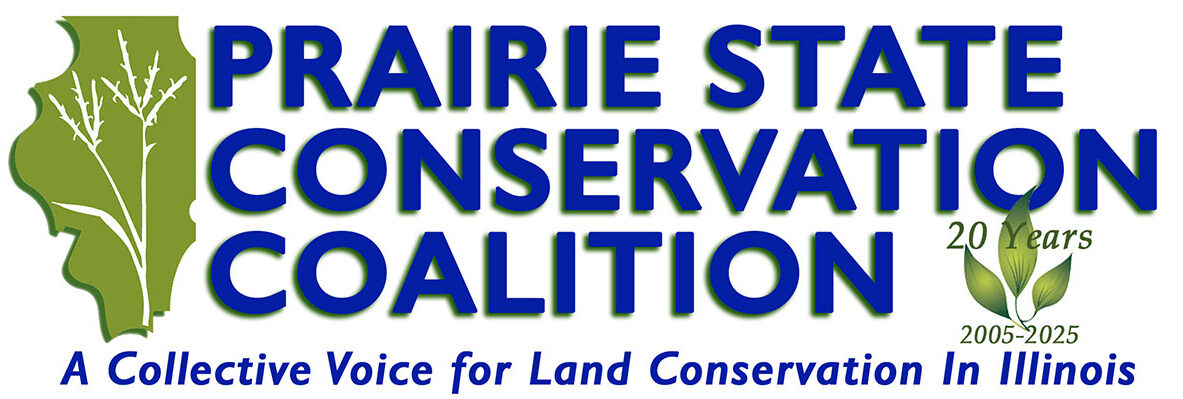2015 Illinois conservation in review
In looking at this comprehensive report compiled by GIS Consultant David Holman, conservation projects in Illinois have been plenty in the last year keeping conservationists very busy with many amazing accomplishments. For instance, did you know… The Prairie State Conservation Coalition’s mapping project shows there are 62 501(c)3 environmental nonprofits that hold property or conservation…

